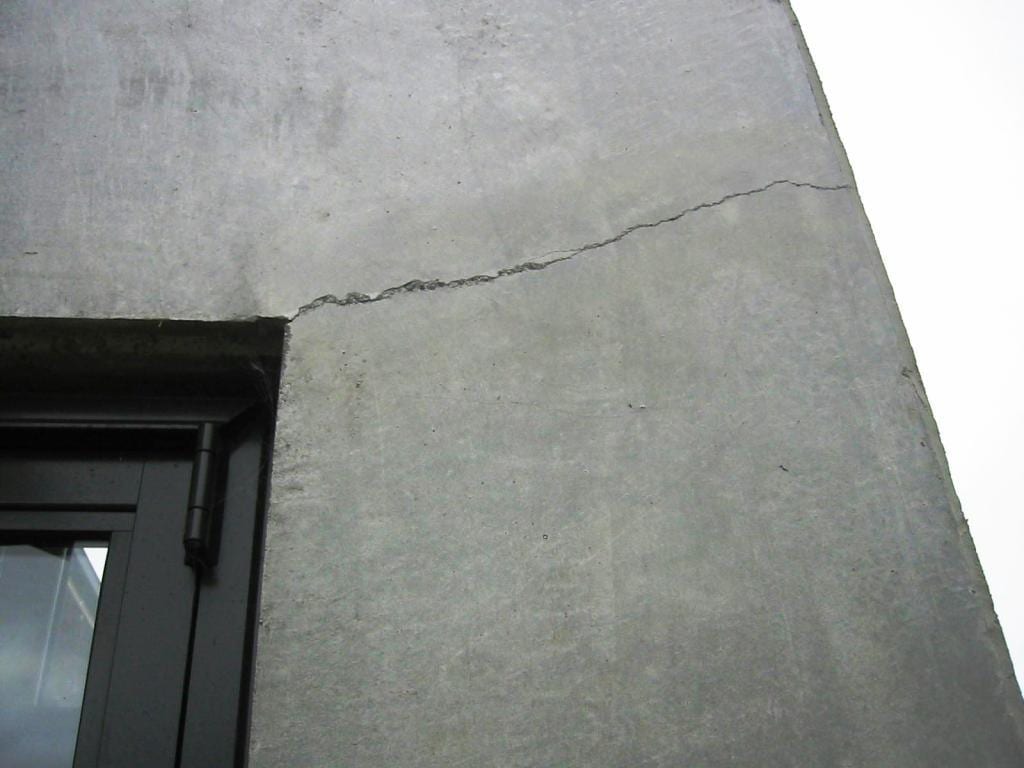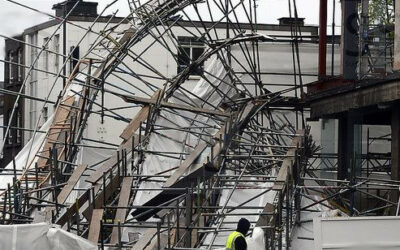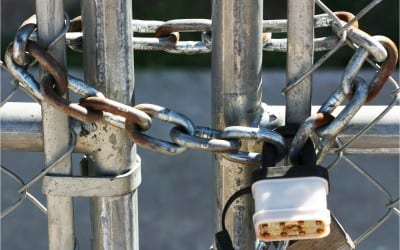We have had a number of claims over the years where neighbours have alleged that the operation of heavy machinery on an adjacent or nearby building site have caused cracks in their property.
In some of these cases the neighbour’s insurer has repaired those cracks and sought recovery from our client. In others they have directly held our client liable for the alleged damage. In all the recent cases we have successfully defended our client from these allegations, using acceptable tolerances and legal precedent.
The purpose of this article is to explain how these situations can arise and how you can reduce the risk of becoming a target.
The Science
The human body is highly sensitive to vibration and will feel movement at levels well below what would normally cause structural damage. This means people are likely to feel that any vibration is much more serious than it is and then go looking for its effects. Often, they will see cracks that were not previously apparent and attribute these to the recent event. However, it is quite possible that those cracks were pre-existing and had just not been noticed.
According to a Watercare Factsheet humans can perceive vibrations at 0.3 mm/s (millimetres per second). Moderate discomfort for extended periods is experienced at 2-3 mm/s.
Yet there is only a minor risk (less than 5%) of cosmetic cracks forming at 12 mm/s and a similarly small risk of structural damage occurring at more than 50 mm/s.
The data suggests that a medium-heavy excavator operating right next to a house may generate vibration that would disturb the occupants but would not cause damage. Vibration reduces rapidly with distance also. A digger operating 10 metres from a house would be likely to cause vibrations in the 1-3 mm/s range. A vibrating roller or compactor in the 4-10 mm/s range.
The Law
The relevant law is the law of nuisance, which is defined as “an unlawful interference with a person’s use of enjoyment of land, or of some right over it, or in connection with it”. The plaintiff must prove that it is more likely than not that their property suffered damage due to the vibration caused by the operation of the heavy machinery on the nearby site.
Because it is unlikely that the plaintiff will have “before” evidence to go with their “after” evidence (photos) of the cracks, they may find it difficult to prove that the cracks were not already there. The amount of debris, paint or moss growth in external cracks can also indicate that they aren’t recent.
Just because their insurer’s loss adjuster asserts that “in their opinion” the cracking is caused by the operation of the heavy equipment doesn’t make that true, nor is it evidence of causation.
Additionally, compliance with standards (such as the size of the machine used and proximity to nearby property) will help to ensure that vibrations from construction machinery are unlikely to meet the threshold of causing damage. This increases the likelihood of a claim being dismissed.
Prevention
Perhaps this could be called minimisation, because sometimes it doesn’t matter how many precautions you take, someone will always have a go. However, to reduce the likelihood of a claim being upheld you may want to take some preventative measures:
- Communicate with neighbours about any planned work involving heavy machinery, explaining the tolerances and vibration standards
- Where possible take high resolution photos of high-risk areas, such as concrete driveways and paths and plaster/render cladding, prior to starting the work
- Brief the sub-contractor/operator to take extra care when operating in close proximity to existing structures
In a Nutshell
Don’t take at face value any claim against you for cracking caused by the operation of heavy equipment, as it takes substantial vibration to cause damage, much higher than would be comfortably tolerable to humans. Be aware of the standards and responsible operation of machinery near to existing structures. Take preventative measures and communicate with the parties involved prior to the work starting.
This should not be considered legal advice, every claim situation is different and how each claim is resolved will depend on the specific circumstances.




